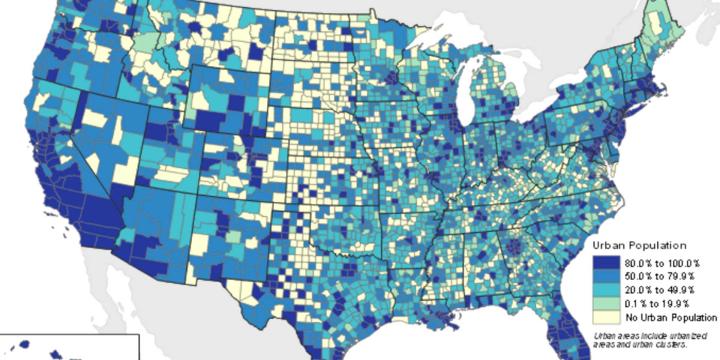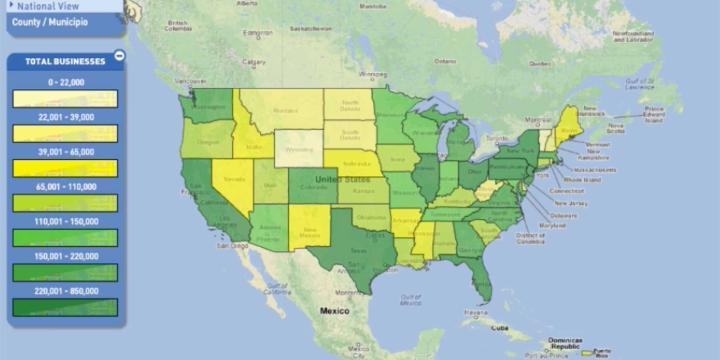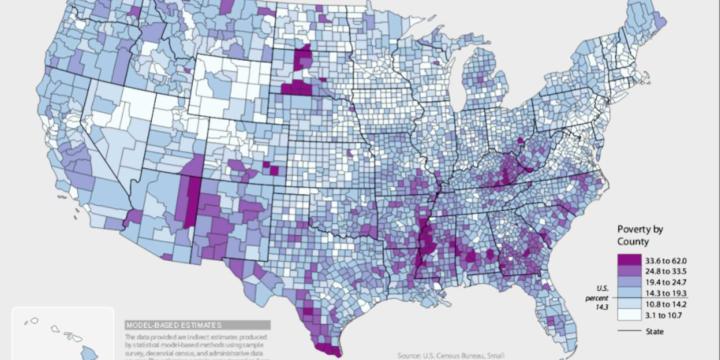All Research Methods Courses
Principles of Materiality, Responsiveness, Inclusivity, and Impact
In this course, students will take a deep dive into the AA1000 AccountAbility standard and its four Principles: Inclusivity, Materiality, Responsiveness and Impact and how they integrate to develop a very well thought out framework.
Introduction to Urban Informatics
This course discusses how the field of urban informatics works. You will also learn about the technologies and concepts influencing Urban Informatics, including "Big Data," machine learning, visualization, and data-driven decision making.
Measuring Neighborhood Segregation and Diversity
This course reviews the various ways to measure both segregation and diversity at the neighborhood scale.
Crowdsourcing and Urban Planning
Crowdsourcing is the gathering of ideas, content, voices, and services by leveraging the collective intelligence and wisdom of crowds.
Citizen Science in Urban Planning
This course introduces planners to citizen science and how citizen science can play a meaningful role in urban planning.
Planning Commissioner Training
The new "Planning Commissioner Training" series offers citizen planners a chance to learn the tools to make a positive impact in their communities (available as a separate subscription).
Greenhouse Gas Emissions Accounting for Cities
Greenhouse gas emissions accounting is a core tool for developing, implementing, and monitoring climate actions and strategies. This course provides a basic overview of concepts that can be supplemented with training in specific software.
The DIY Form-Based Code: Research and Development
Covering concepts critical to developing the foundation for a code, this course takes a a tour through the creation of a code for the hypothetical city of Wrightville.
Working with Census.gov 1: Background and Geography
This first of four courses on the Census -- Background and Geography -- will prime you to understand how the Census works, where the data comes from, as well as vital terminology and data sets you should be familiar with in the built environment.
Working with Census.gov 2: Topics, Programs, Products
This second of four courses delves deeper into the Census 'architecture'. In course 2 of "Working with Census.gov", Dr. Chris Williamson, a.k.a. Dr. Data, provides an overview on the federally mandated topics that lead to programs which ultimately produce products for the public. Course 2 also delves into such tricky topics as Census data table analysis and gives insider tips and goodies from a Census Bureau veteran.
Working with Census.gov 3: Interacting with the Data
This third of four courses takes you into a series of live demonstrations and in-depth explanations and visuals from the Census.gov and American FactFiner websites. The course covers a comprehensive navigation of the pages, tools and interactive databases that form the expansive Census website and publicly accessible data stores and produced information.
Working with Census.gov 4: Quality, Interpreting and Examples
Chris Williamson, A.K.A. "Dr. Data" completes the final episode in this four course series on the 'architecture' and 'analysis' of the Census Bureau and its many products. In course 4 students will go through a brief introduction to margin of error and a range of error and data quality analysis. Along with some examples and case studies, this course takes us into Dr. Data's own Ventura County, California for a look at some of the more challenging sampling and non-sampling errors many planners and demographers must wrestle with.
Introductory Population Analysis with Excel
Whether you're new to population analysis or just need a refresher, this course offers a comprehensive overview of the steps necessary to conduct analysis and develop projections using publicly available data. The course reviews Census data and builds skills, such as population projection, cohort survival, and concentration calculations that are essential for every professional in the planning and design community.
Introductory Housing Analysis with Excel
Planners play a crucial role in making housing more affordable and livable. In this course, you will learn about basic market principles, how to judge housing needs, and how to meet that housing need through affordable housing—all the data and analysis skills needed to estimate housing needs.























